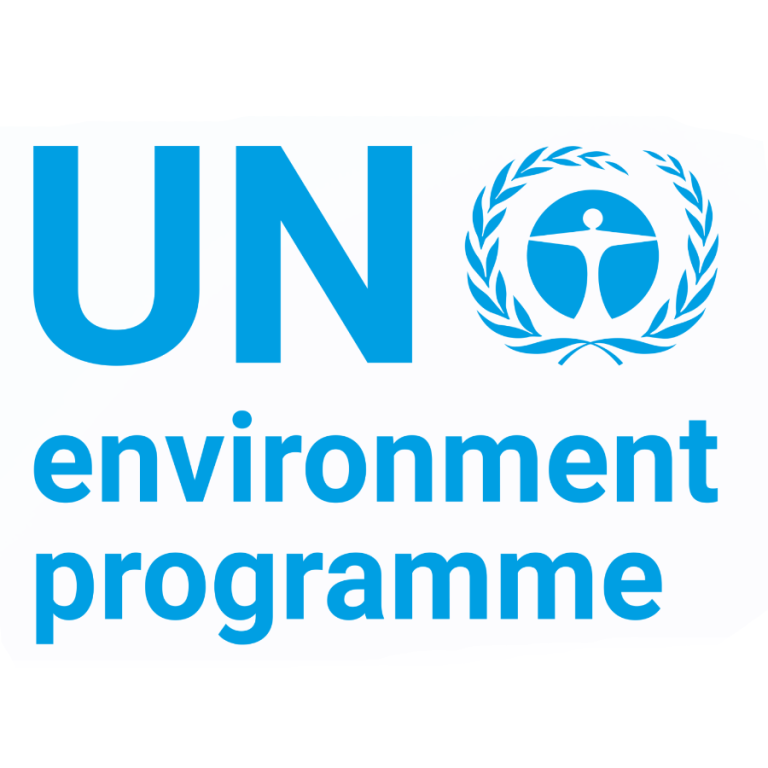Simposio Naturaleza, Clima y Género Día 2: Luchas interseccionales y herramientas prácticas

It was then followed by the unveiling of PODONG, a new global initiative by IUCN that recognises and supports the vital contributions of Indigenous Peoples to biodiversity conservation and climate solutions. Originating from Indigenous leaders themselves, PODONG—meaning basket in the Marma language of Bangladesh—symbolises the collective strength and knowledge carried by Indigenous communities. As highlighted during the launch, Indigenous knowledge has long remained at the margins of nature and climate discourse; PODONG seeks to shift that dynamic by putting Indigenous leadership front and centre. The logo, co-developed with Indigenous artists and communities, captures this spirit of collaboration and visibility.
Opening
Speakers:
- Verónica Ruiz (IUCN)
- Tunga Bhadra Rai (Nepal Federation of Indigenous Nationalities)
- Mya Mya Nue (GRAUS Indigenous Organization – Gram Unnayon Sangathon)
- Anita Tzec (IUCN)
Day 2 opened with inspiring videos from Indigenous Peoples honouring the leadership of Indigenous Peoples and local communities in confronting climate change.
Video: Introducing GRAUS (Gram Unnayon Sangathon)
Video: Introducing Nepal Federation of indigenous Nationalities (NEFIN)
Video: Introducing Ujamaa Community Resource Team (UCRT)
It was then followed by the unveiling of PODONG, a new global initiative by IUCN that recognises and supports the vital contributions of Indigenous Peoples to biodiversity conservation and climate solutions. Originating from Indigenous leaders themselves, PODONG—meaning basket in the Marma language of Bangladesh—symbolises the collective strength and knowledge carried by Indigenous communities. As highlighted during the launch, Indigenous knowledge has long remained at the margins of nature and climate discourse; PODONG seeks to shift that dynamic by putting Indigenous leadership front and centre. The logo, co-developed with Indigenous artists and communities, captures this spirit of collaboration and visibility.
Session 3: Intersectional Struggles and Resistance
Speakers:
- Anita Tzec (IUCN)
- Marcela Bustamante (HelpAge International)
- Paine Mako (Ujamaa Community Resource Team – UCRT)
- Kudzai Parutu (Toward Sustainable Use of Natural Resources Organization – TSURO)
- Lilian Antimama (Groots Kenya)
- Dorothea Konstantinidis (International Climate Initiative)
This session explored how intersectionality—recognising the overlapping impacts of gender, age, culture, and socio-economic factors—is essential for climate justice and effective implementation on the ground.
Paine shared the experience of pastoralist communities in Tanzania, where land historically used and managed communally has often been mischaracterised as vacant and subsequently lost. After a decade of advocacy, the first collective land title was secured, involving complex processes such as community awareness-building, conflict resolution, and land use planning. Women, particularly vulnerable to land loss, have been supported to secure titles, enabling long-term sustainable land management for future generations.
Kudzai presented the Nature+ project in Zimbabwe, which addresses the root causes of climate change while confronting intersectional challenges, such as the disproportionate labour burden placed on women.
Lilian from Kenya emphasised how age intersects with climate vulnerability and described how women in marine protected areas are now gaining access to resources and decision-making through initiatives such as mangrove restoration. Yet, caregiving responsibilities and societal norms continue to limit women’s participation in economic activities.
Dorothea outlined the need for climate funding frameworks that are grounded in community realities. She advocated for donor systems that value local knowledge, recognise intergenerational justice, and move from theory to practical implementation. IKI’s safeguard system and gender community of practice are part of this effort to bring intersectionality into the mainstream of funding strategies.
Marcela spoke to the specific vulnerabilities faced by older adults in climate crises. From urban farming initiatives in Latin America to reclaiming abandoned land, older people bring critical knowledge and resilience yet remain one of the most climate-exposed demographics.
Lilian emphasised the importance of community-level organising, peer learning, and fostering collaboration across sectors to break siloes and build intersectional responses. As Paine noted, bridging gender gaps in Indigenous communities requires culturally sensitive forums that bring men and women together, while Marcela underscored the potential of older populations as agents of adaptation. Kudzai added that climate-induced male migration shifts household roles, requiring gender-equitable support systems. Dorothea reminded participants that donors must not only fund projects but also be educated by communities themselves through two-way dialogue.
Video: Fundacion Para la Promocion del conocimiento Indigena (FPCI)
Session 4: Project Showcase: Frameworks, Tools and Practices
Speakers:
- Wendy C. Atieno (IUCN)
- Alexandra Mutungi (UNEP)
- Gaétan Quesne (Baastel)
- Carolyne Lusweti (Canadian Foodgrains Bank)
- Monique Daokai (Alinea International)
- Bineta Fall (SOCODEVI)
The final session of Day 2 focused on community-driven adaptation strategies and tools that centre gender equality and intersectional justice.
Alexandra discussed how facilitating transparent communication between governments, civil society organisations (CSOs), and the private sector can elevate the voices of marginalised groups. Peer-to-peer exchanges between CSOs, rather than top-down influence, were shown to be an effective way to connect grassroots experiences to policy discussions.
Gaetan shared experiences from the ELLESadapt project working with women near national parks in Chad and Congo. The project combines awareness campaigns, land use planning, financial inclusion, and community consultation to support women’s climate resilience. A gender-specific climate caravan in Chad and promotion of positive masculinity were among the strategies used.
Carolyne introduced the Gender Action Learning methodology—an innovative visual approach where communities draw gender balance trees to reflect roles, responsibilities, and aspirations. This participatory process helps communities shift perceptions of resources and agency, enabling practical, transformative change at household and community levels.
Monique discussed how projects can support positive masculinity by framing empowerment as a shared process rather than a zero-sum gain. This approach helps men become allies in advancing gender equality without feeling excluded or disempowered.
Bineta showcased how photography is used as a tool for environmental storytelling. Women document their work in mangrove conservation, offering a visual narrative that communicates their priorities and struggles. This has helped increase visibility, access to financing, and influence in climate-related decisions.
As the session closed, speakers reflected on the tangible results from their work—from improved savings behaviour in households to the reclamation of degraded land by older adults. Yet, challenges remain: lack of standardised gender data, cultural resistance to change, and limited local capacity. Still, a clear message emerged—solutions must be locally prioritised, co-created, and intersectional.
Music: Eric Marky Terena
Explore the full recording of the sessions for deeper insights and actionable recommendations:
Nature, Climate, and Gender Symposium: Towards a Just and Sustainable Future – Day 2 (English)
Symposium Nature, Climat et Genre (français) – Jour 2
Simposio Naturaleza, Clima y Género (español) – Día 2
Day 2 powerpoint slides (English)




